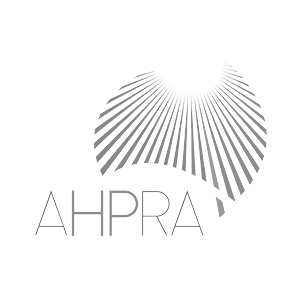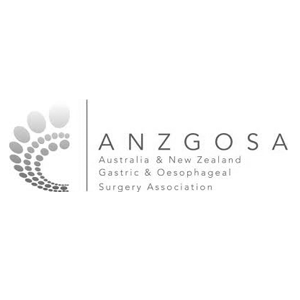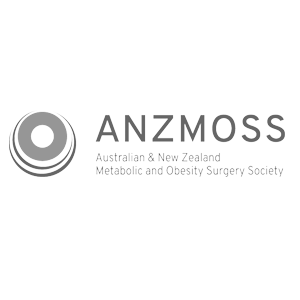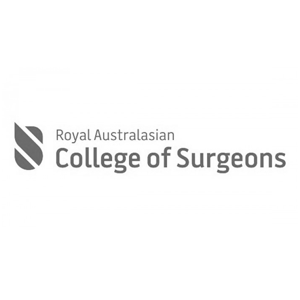A post-operative diet high in protein reduces muscle and hair loss in the first six months after surgery. The major long-term benefit of focusing on protein is the effect on satiety, out of all the macronutrients it will keep you feeling full for longer. Protein requirements will vary according to your surgery type, age and activity level but a basic guideline is 1-1.5grams/kg ideal body weight (what your weight would be at BMI 25) per day1. It is best to distribute this throughout the main meals of the day to reduce snacking and grazing between meals.
With a very small stomach the easiest protein rich foods to consume are eggs, tuna, prawns and beans. It is best to eat your protein first at meal times, if you fill up on protein you can afford to not have space for the other macronutrients (carbohydrates and fat). However, you can not afford to miss out on protein as amino acids (the molecules that make up a protein) are the building blocks for every cellular function in the body.
Regular protein powder supplements are useful in the first few months after surgery as there is still swelling in the stomach wall and space is tight. A protein shake will provide an extra 20-30grams of protein however should be under 250 calories per serving. Using Whey Protein Isolate is my recommendation, it is made by filtering the liquid that comes off milk during the cheese making process, it then undergoes multiple filtration events and is dehydrated into a powder that is 90% protein by weight, it is lactose free, dissolvable in water and easily digested. It contains all of the nine essential amino acids; those acids that can’t be made by the body and must come from food. If you are not eating enough protein and taking an incomplete protein supplement such as collagen the essential amino acids may remain low.
Steak is the most difficult food to consume after surgery so it is best to take a step-up approach starting with bolognaise and then moving on to meatballs, beef patties, casseroles and slow cooked meat. Chicken thigh tenderloins are easier to consume than dry, stringy chicken breast. Long term, routine use of lean meats is the best option, these include: fish, chicken (no skin), turkey, sirloin and top round steak, meats that are high in saturated fats contain additional calories and should be left for special occasions with the fat trimmed off before cooking, these include: ribs, rib eye, pork belly, lamb chops and T-bone steak.
- Mechanick JI et al. linical Practice Guidelines for the Peri-operative Nutrition, Metabolic and Nonsurgical Support of Patients Undergoing Bariatric Procedures- 2019 Update. Obesity. 2019.






